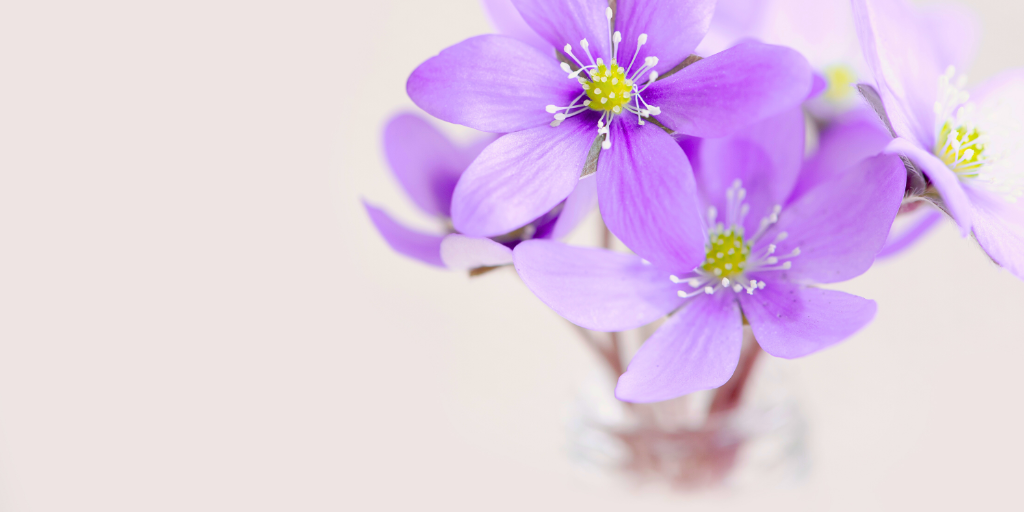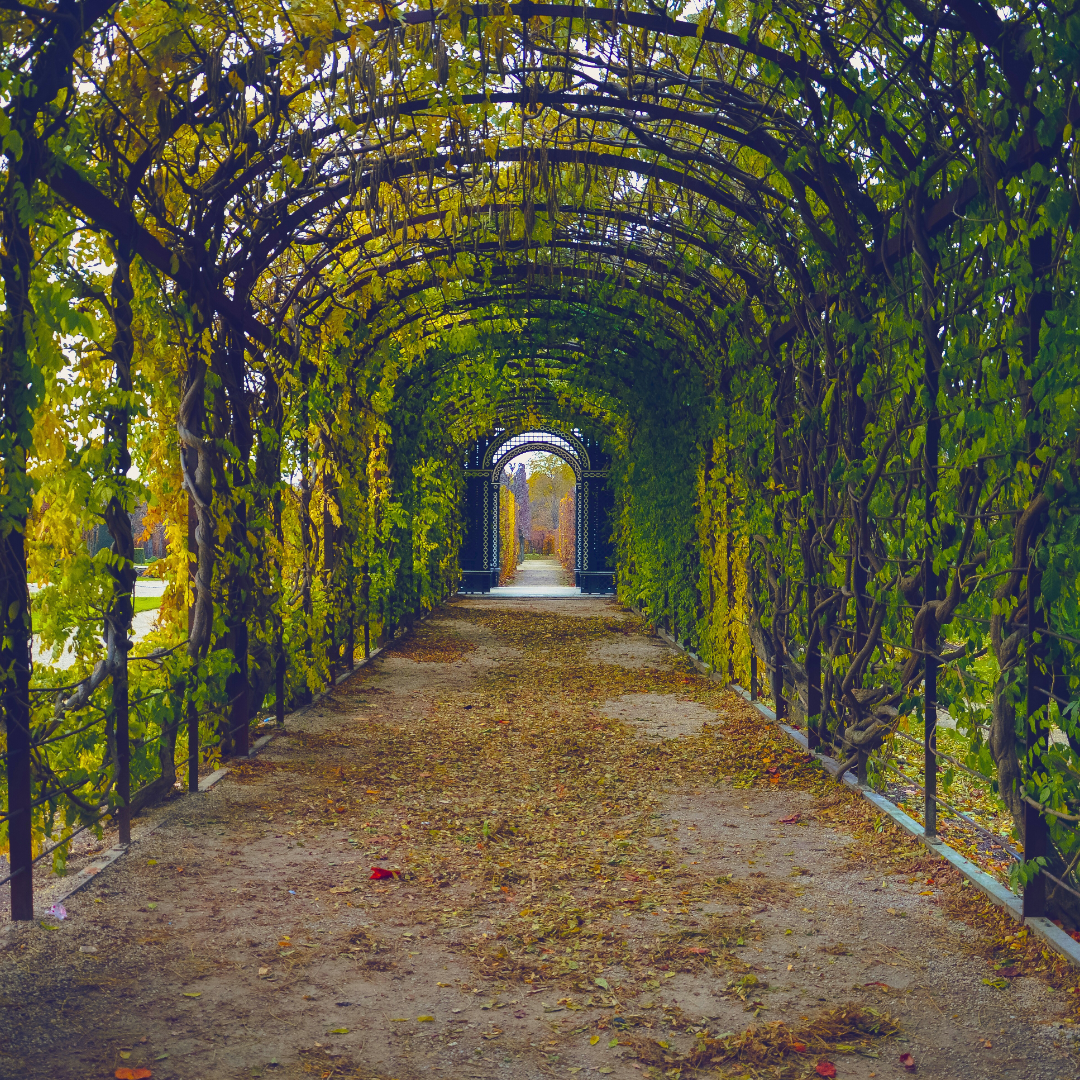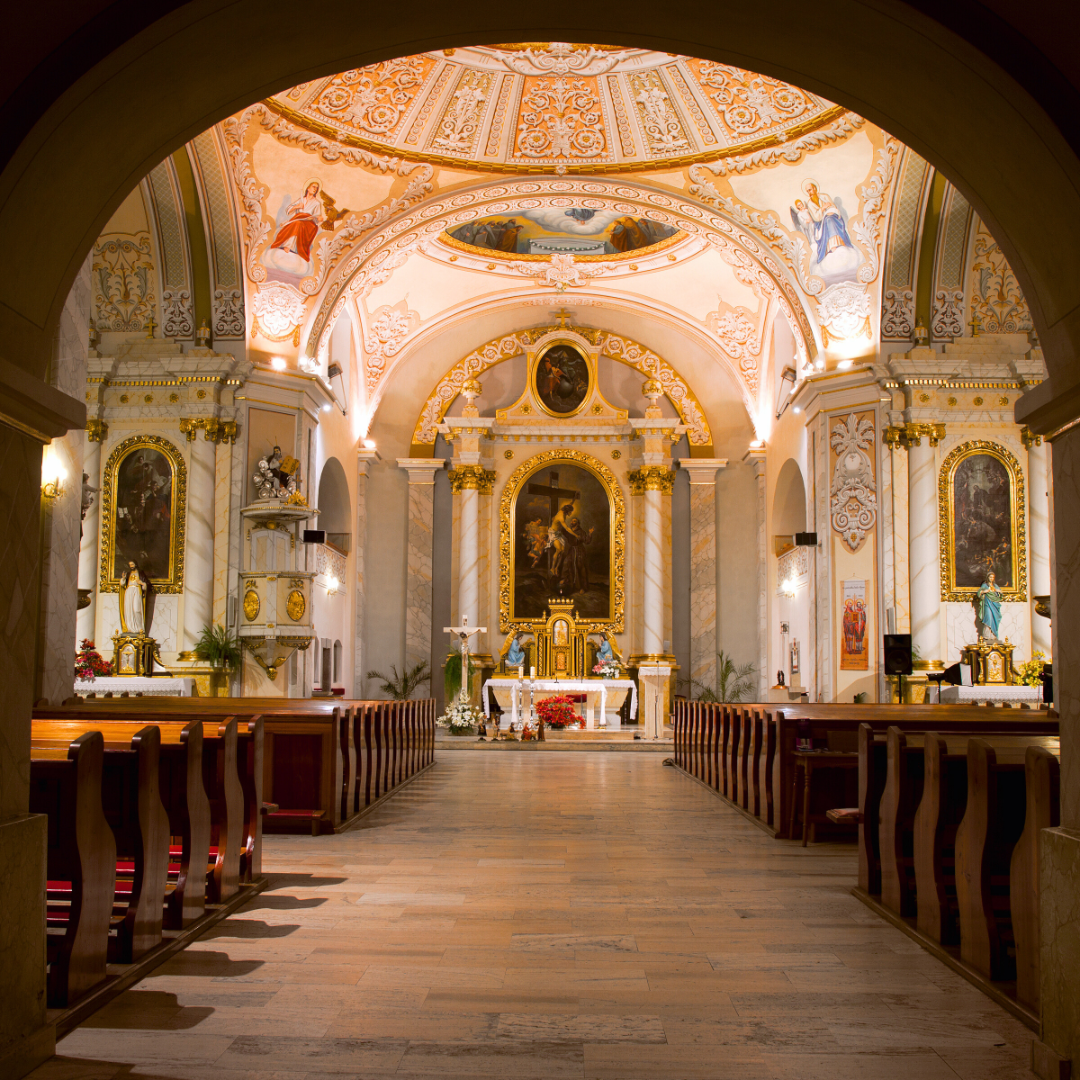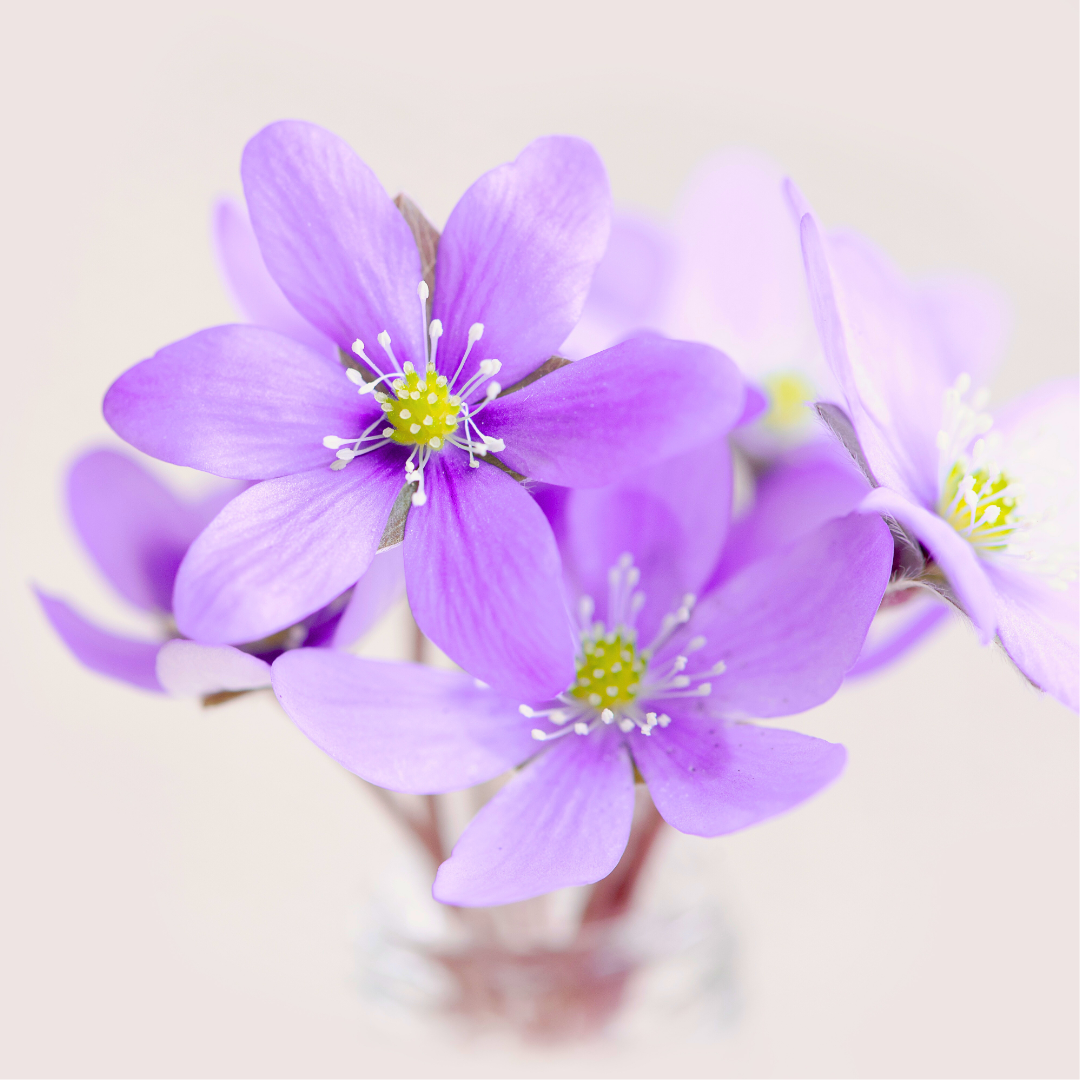
Flávia Ghelardi examines the idea of beauty and how, along with truth and goodness, beauty directs us toward God.
Flávia Ghelardi writes from Brazil in English and Portuguese. Vá para a versão em português.
Does beauty exist in itself, or does it depend on the beholder? Should we concern ourselves with beauty, or is that futile? Is there a reason why beauty exists? How can we cultivate beauty?
The concept of beauty
The classic concept of beauty defines beauty as that which possesses harmony, proportion and grandeur. In this concept, beauty is objective: it exists in itself and does not depend on who is observing it.
Beauty derives from the good, the true. It has a moral connotation: in order for us to say that something is beautiful, it must also be good and true. For example, when we scold a child who is hitting a friend, we usually say: "don't do that, it's ugly." Or when we praise someone, we say: "Wow, that's a beautiful attitude."
Beauty also has the meaning of completeness, of fullness. What is beautiful is complete, nothing is missing. A horse without a leg or a car without a wheel are not beautiful, because they lack something. A person, on the other hand, may have a beautiful body, but if they have serious character flaws, they are not considered beautiful, because they are missing something.

Harmony and proportion
Another characteristic of beauty is that it has the appearance of coming out of itself, of communicating its essence. What is beautiful draws attention to itself, because it is communicating what it is. Beauty should not go unnoticed. It exists to be contemplated.
The raison d'être of beauty
Everything that is beautiful, when contemplated, must refer to something greater, to a higher and eternal beauty. God, the Creator, is eternal Beauty and has communicated something of Himself to His creatures. For this reason, the beauty we perceive with our senses is like an arrow pointing to the Creator, and the joy and satisfaction we feel should remind us that it is only a small taste of what we will feel when we contemplate pure Beauty in eternity.
Beautiful things exist to be a balm on our journey; to bring us joy and a sense of gratitude. Beauty also reminds us of how we must seek this harmony, proportion and self-giving, in order to better participate in reflecting eternal Beauty and become a channel of joy for others.

Attack on beauty
The modern age, mainly through art, began a process of attack against beauty. In an attitude of rebellion, they began to portray disorder, confusion, abstraction, showing how they were feeling and that feeling was bad. From then on, the attempt to remove the objectivity of beauty began, moving into a totally subjective area by stating that "beauty is in the eye of the beholder."
This attack on beauty is intended to take away the possibility of contemplating the Creator and thus lead us away from the path that leads to Him. Unfortunately, this mentality is already deeply ingrained in our society and is reflected not only in art, but even in the way we dress, with torn, faded, and stained clothes being commonplace. People no longer worry about dressing well and many still want to attract attention by wearing outlandish clothes.
The pursuit of beauty
The search for beauty must be approached in the right way and is related to the virtue of order. It is possible to perceive beauty in things because our brain seeks order and harmony. The way we think best is when our environment is organized. Not just the external environment, but especially our internal one. Disorder causes stress, nervousness and frustration.
Seeking beauty means seeking to harmonize our lives, our relationships and also the environment in which we live. Putting things in order, knowing that there is a hierarchy of values that we need to follow if we want to have a fuller, healthier, more beautiful life. To know that it is important to have beauty in our daily lives to help us contemplate the Creator and remember what we were created for: to one day enjoy eternal joy in Heaven.
Some precautions
We need to be careful not to overdo it in our search for beauty. Often this longing for beauty is confused with a need to appear eternally young, where the marks of age are disregarded. Countless aesthetic procedures are carried out to try to achieve a supposed external beauty, but the results are often bizarre.
We must remember that beauty is harmony, proportion, and order. A 60-year-old who wants to look 30 isn't harmonious, she's in disarray. So, no matter how many cosmetic procedures they undergo, they won't be beautiful.
Outer beauty should reflect inner beauty. Thus, the greatest concern should be to have a beautiful soul, with orderly feelings and emotions, controlled instincts and an abundant supernatural life. The closer we are to God, the better we can reflect his Beauty. That's the real secret.
A Beleza é Fundamental
A beleza existe em si, ou depende de quem vê? Devemos nos preocupar com a beleza ou é uma futilidade? Existe uma razão para a beleza existir? Como podemos cultivar a beleza?
Conceito de beleza
O conceito clássico de beleza a define como sendo belo aquilo que possui harmonia, proporção e grandeza. Neste conceito, a beleza é objetiva, ou seja, existe em si mesma e não depende de quem está observando.
A beleza deriva do bem, do verdadeiro. Ela tem uma conotação moral, ou seja, para afirmarmos que alguma coisa é bela, ela também precisa ser boa e verdadeira. Por exemplo, quando repreendemos uma criança que está batendo num amiguinho, normalmente dizemos: “não faça isso que é feio”. Ou quando elogiamos alguém, dizemos: “nossa, que bela atitude”.
A beleza também tem o sentido de integralidade, de plenitude. Aquilo que é belo, está completo, não falta nada. Um cavalo sem uma perna ou um carro sem uma roda não são bonitos, pois lhes falta algo. Já uma pessoa, por mais que possa ter um corpo bonito, se possuir graves falhas de caráter, não é considerada bela, pois lhe falta algo.

O belo possui harmonia, proporção.
Mais uma característica da beleza é ter um aspecto de saída de si mesmo, de comunicar a sua essência. Aquilo que é belo chama a atenção para si mesmo, pois está comunicando o que é. A beleza não deve passar desapercebida. Ela existe para ser contemplada.
A razão de ser da beleza
Tudo que é belo, ao ser contemplado, deve remeter a algo maior, a uma beleza superior e eterna. Deus, o Criador, é a Beleza eterna e comunicou algo de si para as suas criaturas. Por isso, a beleza que percebemos com nossos sentidos é como uma flecha que aponta para o Criador e a alegria e satisfação que sentimos deve nos lembrar que é só uma pequena amostra do que sentiremos ao contemplar a pura Beleza na eternidade.
As coisas belas existem para serem um bálsamo em nossa jornada; para nos causar alegria e um sentimento de gratidão. A beleza nos lembra também de como devemos buscar essa harmonia, proporção e doação de si mesmo, para participarmos refletirmos melhor a Beleza eterna e nos tornarmos um canal de alegria para os outros.

Ataque contra a beleza
A idade moderna, principalmente através da arte, iniciou um processo de ataque contra a beleza. Em uma atitude de rebeldia, começaram a retratar a desordem, a confusão, o abstratismo, demonstrando como estavam sentindo e esse sentimento era ruim. A partir daí, iniciou a tentativa de tirar a objetividade da beleza, passando para uma área totalmente subjetiva ao afirmar que “a beleza está nos olhos de quem vê”.
Esse ataque contra a beleza tem o objetivo de nos tirar a possibilidade de contemplação do Criador e assim nos afastar do caminho que nos leva a Ele. Infelizmente essa mentalidade já está muito entranhada em nossa sociedade e se reflete não só na arte, mas até na maneira de vestir, sendo comum o uso de roupas rasgadas, desbotadas, manchadas. As pessoas não se preocupam mais em se vestir bem e muitas ainda querem chamar a atenção usando roupas estravagantes.
A busca da Beleza
A busca da beleza deve ser encarada de uma maneira correta e está relacionada com a virtude da ordem. É possível perceber a beleza nas coisas pois nosso cérebro busca a ordem e a harmonia. A maneira como pensamos melhor é quando o ambiente está organizado. Não só o ambiente externo, mas principalmente o nosso interior. A desordem causa estresse, nervosismo, frustração.
Buscar a beleza significa buscar harmonizar nossa vida, nossos relacionamentos e também o ambiente em que vivemos. Colocar as coisas em ordem, saber que existe uma hierarquia de valores que precisamos seguir, se desejamos ter uma vida mais plena, mais saudável, mais bela. Saber que é importante ter a beleza em nosso dia a dia para nos ajudar a contemplar o Criador e nos lembrar para que fomos criados: para um dia, gozar da alegria eterna no Céu.
Alguns cuidados
Precisamos cuidar para não exagerar nessa busca da beleza. Muitas vezes esse anseio pelo belo é confundido com uma necessidade de aparentar uma eterna juventude, onde as marcas da idade são desprezadas. São realizados inúmeros procedimentos estéticos para tentar alcançar uma suposta beleza exterior, porém os resultados muitas vezes são bizarros.
Devemos lembrar que a beleza é harmonia, é proporção, é ordem. Uma pessoa de 60 anos que quer aparentar ter 30, não é harmônica, está em desordem. Assim, não importa a quantidade de procedimentos estéticos que faça, não será bela.
A beleza exterior deve refletir a beleza interior. Assim, a maior preocupação deve ser com ter uma alma bela, com os sentimentos e emoções ordenados, com os instintos controlados e com uma vida sobrenatural abundante. Quanto mais próximos estivermos de Deus, melhor poderemos refletir sua Beleza. Esse é o verdadeiro segredo.

Copyright 2024 Flávia Ghelardi
Images: Canva
About the Author

Flávia Ghelardi
Flávia Ghelardi is the mom of four, a former lawyer already "promoted" to full time mom. Flávia published her first book FORTALECENDO SUA FAMÍLIA and is a member of Schoenstatt´s Apostolic Movement. Flávia loves to speak about motherhood and the important role of women, as desired by God, for our society. She blogs at www.fortalecendosuafamilia.blogspot.com.


.png?width=1806&height=731&name=CatholicMom_hcfm_logo1_pos_871c_2728c%20(002).png)
Comments